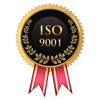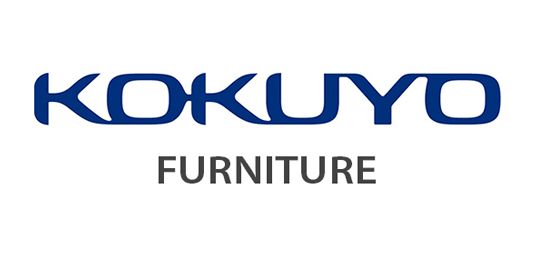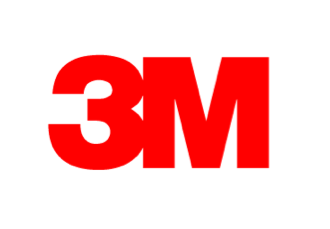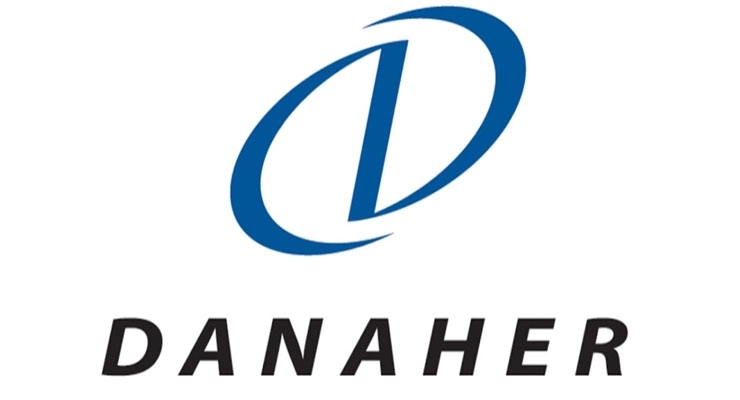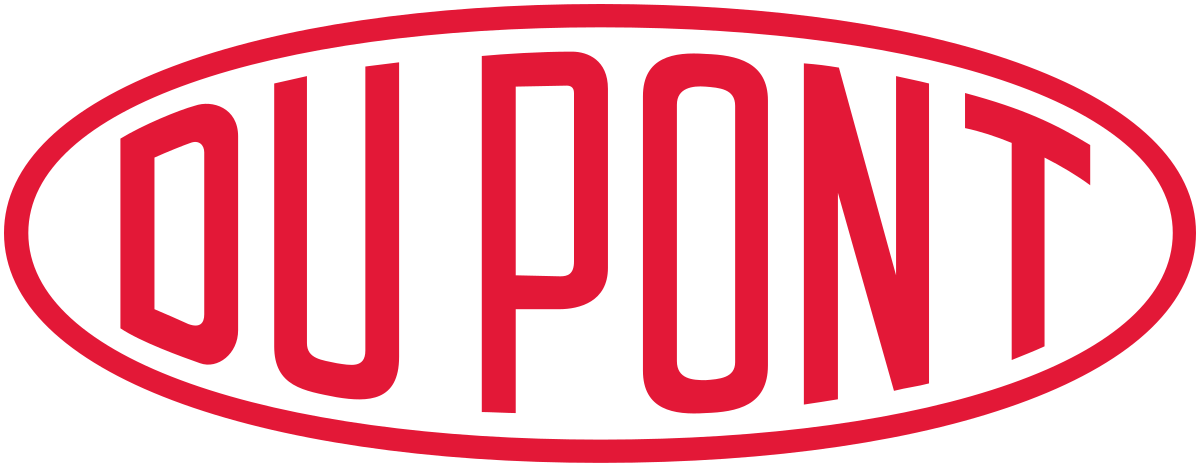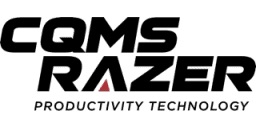Laparoscopic Devices Market
Laparoscopic Devices Market Trends, Opportunity, and Forecast Analysis, 2024-2033
Laparoscopic devices market revenue to generate USD 22.3 Billion by 2033, according to KDMI analyst’s growth analysis. The market is segmented by product, application, end-user, and by Region.
Laparoscopic Devices Market Size Survey Report – In a Glance
As per the survey report on global Laparoscopic devices market, the market is projected to foresee a CAGR of 9.2% between 2024-2033, and further generate a market size of USD 22.3 billion revenue by the end of 2033. In the year 2024, the market size was valued at USD 11.8 billion revenue.
- The global Laparoscopic devices market is projected to grow on account of the rising demand for non-invasive surgeries.
- In Japan, the Laparoscopic devices market growth can be attributed to the modernization of technology.
- KDMI analyst’s growth analysis foresees lack of skilled surgeons in laparoscopic surgery to challenge the market growth.
- North America, having the highest market share in the Laparoscopic devices market, is projected to dominate the global market.
Laparoscopic Devices Market Analysis
Laparoscopic devices are advanced high-precision surgical tools engineered for minimally invasive surgeries which consist of endoscopic cameras, forceps, scissors, and electrosurgical units, allowing surgeons to perform surgeries through small incisions. Minimally invasive procedures have reshaped healthcare by offering patients less complex surgery options instead of traditional surgical interventions, reducing post-operative pain and lowering complications. In 2023, the American Society of Plastic Surgeons® (ASPS) published ASPS Procedural Statistics, which highlighted a 7 percent increase in minimally invasive procedures in comparison to the previous year. This rising demand for minimally invasive procedures is accelerating the laparoscopic devices industry by driving the demand for sophisticated surgical tools. Medtronic, Johnson and Johnson, Olympus Corporation, are some of the significant parties in the global market for Laparoscopic devices.
Analyst’s Observation on Japan Laparoscopic Devices Market Survey
Japan is a nation that is deeply connected to technological progress. Within the country, the market growth for laparoscopic devices can be attributed to the modernization of technology. In 2024, Japan’s healthcare system stands 26th in the World Index of Healthcare Innovation global ranking, with a total rating of 41.10. Hence, due to increased precision, faster healing, advanced imaging systems, improved patient outcomes and broader demand for less invasive operations, technological advancements fuel the growth of the laparoscopic devices market. Fujifilm Holdings Corporation and Olympus Corporation are some of the significant parties in the market for Laparoscopic devices in Japan .
|
Laparoscopic devices Market: Report Scope |
|
|
Base Year |
2023 |
|
Estimated Market Size |
USD 11.8 Billion in 2024 |
|
Forecast Year |
2024-2033 |
|
Projected Market Size |
USD 22.3 Billion in 2033 |
|
CAGR Value |
9.2% |
|
Laparoscopic devices Market Key Trends/Major Growth Drivers |
|
|
Restraint Factors |
|
|
Laparoscopic devices Market Segmentation |
|
|
Laparoscopic devices Market Key Players |
Medtronic, Stryker, Johnson & Johnson, Olympus Corporation, B. Braun Melsungen AG, Intuitive Surgical., CONMED Corporation., Becton, Dickinson, and Company, Microline Surgical., and others. |
Laparoscopic Devices Market Growth Drivers and Challenges
Growth Drivers
Surging cases of gynecological diseases:
The field of gynecological surgery has evolved significantly due to the increasing use of minimally invasive techniques like laparoscopy. With its proven benefits, emerging technologies are making even the most complex surgeries less intrusive. It has been estimated that cervical cancer is the fourth leading cancer affecting women worldwide with around 660 000 new cases and around 350 000 deaths reported in 2022. Nowadays, with the surge in gynecological diseases such as ovarian cysts, fibroids, and endometriosis due to inappropriate lifestyles and eating habits, the demand for laparoscopic devices is booming everywhere. Moreover, minimally invasive procedures offer benefits like reduced pain, faster recovery, and shorter hospital stays, making them the top choice for surgical treatment. However, with more patients preferring non-invasive options, medical professionals or healthcare providers are prioritizing investments in laparoscopic solutions, ultimately pushing the laparoscopic devices market forward.
Growing adoption of bariatric surgery:
The growing global obesity in today’s world presents a serious public health issue. It has been estimated that more than 1.5 billion adults may be suffering from obesity by 2035. Bariatric metabolic surgery has emerged as a powerful solution to tackling obesity. It is well-known for its success in achieving lasting weight reduction and treating obesity-related health conditions. Besides, with progress in technology and heightened demand, electric surgical techniques have led to continuous advancements. Hence, bariatric surgery is gaining global attention and fueling the laparoscopic devices market as minimally invasive procedures are the preferred option for weight-loss operations among patients. This is due to reduced recovery times, minimized complications, and shorter hospital stays, fostering overall market development and technological progress globally.
Restraints
Lack of skilled surgeons in laparoscopic surgery:
A scarcity of skilled laparoscopic surgeons restricts the adoption of laparoscopic devices, impeding the laparoscopic devices market progress. A lack of expertise leads to extended learning periods, diminishes operational efficiency, lowers surgical precision, and raises complications risks, discouraging healthcare professionals from embracing cutting-edge technologies, and ultimately slowing down the overall laparoscopic devices market.
Complications linked to post-laparoscopic surgery:
Post-operative challenges after laparoscopic surgery includes excessive bleeding, infections, and organ perforation, increases safety concern that reduces the demand for laparoscopic devices. Increased complications lead to regulatory barriers, legal liabilities, and reluctance among surgeons and hospitals, eventually restraining laparoscopic devices market expansion across the globe and slowing down technological progress.
Laparoscopic Devices Market Segmentation
Our experts at KD Market Insights have segmented the global Laparoscopic devices market research report as:
|
By Product |
|
|
By Application |
|
|
By End-user |
|
|
By Region |
|
Laparoscopic Devices Market Regional Synopsis
In line with global patterns, North America has a thriving laparoscopic devices market and is substantially fueled by expanding well-established healthcare infrastructure, quick urban development, increasing demand for smart technologies, and surging health issues like gallstones and appendicitis. Another key growth driver of the regional market is the heightened government initiatives promoting healthcare research and development. The United States is the major participant in the market growth, holding the largest revenue share in the region. The growing disease occurrence, escalating number of technological innovations, the rising requirement for innovative technology options, the increase in partnerships, and the existence of top-tier companies that are mainly engaged in the research and development of new devices for specific healthcare areas have driven up the need for services.
The Asia-Pacific (APAC) region encompassing countries like China, India, Japan, and South Korea has established itself as the quickest growing laparoscopic devices market during the forecasted period. The prime factor for the market growth in the region is elevating quality norms in production as well as finished products, availability of a proficient laparoscopic surgeons and government-backed scheme for the domestic medical device industry. Additionally, the rising cases of chronic health problems like gallstones also play a prime role in the market boom in the region. In a survey of 1,324 respondents, about 30.7% confirmed receiving laparoscopic training, only 4% of resident physicians and 14% of attending physicians could carry out complex laparoscopic surgeries single-handedly.
In the European region, the rising prevalence of chronic diseases like diabetes and reducing expenses is making a significant impact on the progression of the market. The market growth is further propelled by the increasing accessibility of better healthcare services and amplified attention to R&D activities. On the other hand, Germany and the U.K. are also recording impressive growth in the laparoscopic devices market. In Germany, the market expansion is mainly due to the increasingly strict governmental policies, increasing demand for minimally invasive procedures, favourable reimbursement policies, growing geriatric population and advanced quality management systems. Lastly, in the United Kingdom, the laparoscopic devices market is majorly driven by its smart and high-performance medical device production which further guarantees quality control, balances production expenses, and enhances patient safety.
As per our analysts at KD Market Insights, the following five players lead the North America Laparoscopic devices market growth:
- Microline Surgical (U.S.)
- BD (U.S.)
- CONMED Corporation (U.S.)
- Stryker (U.S.)
- ETHICON (U.S.)
Laparoscopic Devices Market Competitive Landscape
Some of the key players who top the global Laparoscopic devices market share:
- Medtronic
- Stryker
- Shenzen Mindray Bio Medical Electronics Co., Ltd.
- Johnson & Johnson
- Olympus Corporation
- B. Braun Melsungen AG
- Intuitive Surgical.
- CONMED Corporation.
- Becton
- Dickinson, and Company
- Smith & Nephew
- Microline Surgical.
- Optomic.
- Palliare Ltd
- Sejong Medical Co., Ltd.
- BIOSISHEALING
- Richard Wolf GmbH.
- Bolder Surgical (Hologic Inc.)
- RUDOLF Medical GmbH + Co. KG.
- EMOS Technology GmbH
- Teleflex Incorporated.
- Executive Summary
- Market Overview
- Key Findings
- Market Trends
- Market Outlook
- Introduction
- Scope of the Report
- Research Methodology
- Definitions and Assumptions
- Acronyms and Abbreviations
- Market Dynamics
- Drivers
- Restraints
- Opportunities
- Challenges
- Global Laparoscopic Devices Market
- Market Overview
- Market Size and Forecast
- Market Segmentation
- By Product
- By Application
- By End-user
- By Region
- Market Segmentation by Product
-
- Laparoscopes
- Energy Systems
- Trocars
- Closure Devices
- Suction/Irrigation Devices
- Robot Assisted Systems
- Hand Access Instruments
- Others
-
- Market Segmentation by Application
-
- Bariatric Surgery
- Urological Surgery
- Gynecological Surgery
- General Surgery
- Colorectal Surgery
- Other Surgeries
-
- Market Segmentation by End-user
-
- Hospital
- Clinic
- Ambulatory
- Others
-
- Regional Analysis
- North America
- United States
- Market Size and Forecast
- Key Trends and Developments
- Market Analysis by Product, Application, and End-user
- Canada
- Market Size and Forecast
- Key Trends and Developments
- Market Analysis by Product, Application, and End-user
- Mexico
- Market Size and Forecast
- Key Trends and Developments
- Market Analysis by Product, Application, and End-user
- United States
- Europe
- United Kingdom
- Market Size and Forecast
- Key Trends and Developments
- Market Analysis by Product, Application, and End-user
- Germany
- Market Size and Forecast
- Key Trends and Developments
- Market Analysis by Product, Application, and End-user
- France
- Market Size and Forecast
- Key Trends and Developments
- Market Analysis by Product, Application, and End-user
- Italy
- Market Size and Forecast
- Key Trends and Developments
- Market Analysis by Product, Application, and End-user
- Spain
- Market Size and Forecast
- Key Trends and Developments
- Market Analysis by Product, Application, and End-user
- Rest of Europe
- Market Size and Forecast
- Key Trends and Developments
- Market Analysis by Product, Application, and End-user
- United Kingdom
- Asia Pacific
- China
- Market Size and Forecast
- Key Trends and Developments
- Market Analysis by Product, Application, and End-user
- Japan
- Market Size and Forecast
- Key Trends and Developments
- Market Analysis by Product, Application, and End-user
- India
- Market Size and Forecast
- Key Trends and Developments
- Market Analysis by Product, Application, and End-user
- Australia
- Market Size and Forecast
- Key Trends and Developments
- Market Analysis by Product, Application, and End-user
- South Korea
- Market Size and Forecast
- Key Trends and Developments
- Market Analysis by Product, Application, and End-user
- Rest of Asia Pacific
- Market Size and Forecast
- Key Trends and Developments
- Market Analysis by Product, Application, and End-user
- China
- Latin America
- Brazil
- Market Size and Forecast
- Key Trends and Developments
- Market Analysis by Product, Application, and End-user
- Argentina
- Market Size and Forecast
- Key Trends and Developments
- Market Analysis by Product, Application, and End-user
- Colombia
- Market Size and Forecast
- Key Trends and Developments
- Market Analysis by Product, Application, and End-user
- Rest of Latin America
- Market Size and Forecast
- Key Trends and Developments
- Market Analysis by Product, Application, and End-user
- Brazil
- Middle East & Africa
- South Africa
- Market Size and Forecast
- Key Trends and Developments
- Market Analysis by Product, Application, and End-user
- Saudi Arabia
- Market Size and Forecast
- Key Trends and Developments
- Market Analysis by Product, Application, and End-user
- UAE
- Market Size and Forecast
- Key Trends and Developments
- Market Analysis by Product, Application, and End-user
- Rest of Middle East & Africa
- Market Size and Forecast
- Key Trends and Developments
- Market Analysis by Product, Application, and End-user
- South Africa
- North America
- Competitive Landscape
- Market Share Analysis
- Company Profiles
- Johnson & Johnson
- Olympus Corporation
- B. Braun Melsungen AG
- Intuitive Surgical.
- CONMED Corporation.
- Becton
- Dickinson, and Company
- Smith & Nephew
- Microline Surgical.
- Optomic.
- Others
- Strategic Recommendations
- Appendix
- List of Tables
- List of Figures
- References

Need Customized Report for Your Business ?
Utilize the Power of Customized Research Aligned with Your Business Goals
Request for Customized Report- Quick Contact -
- ISO Certified Logo -

